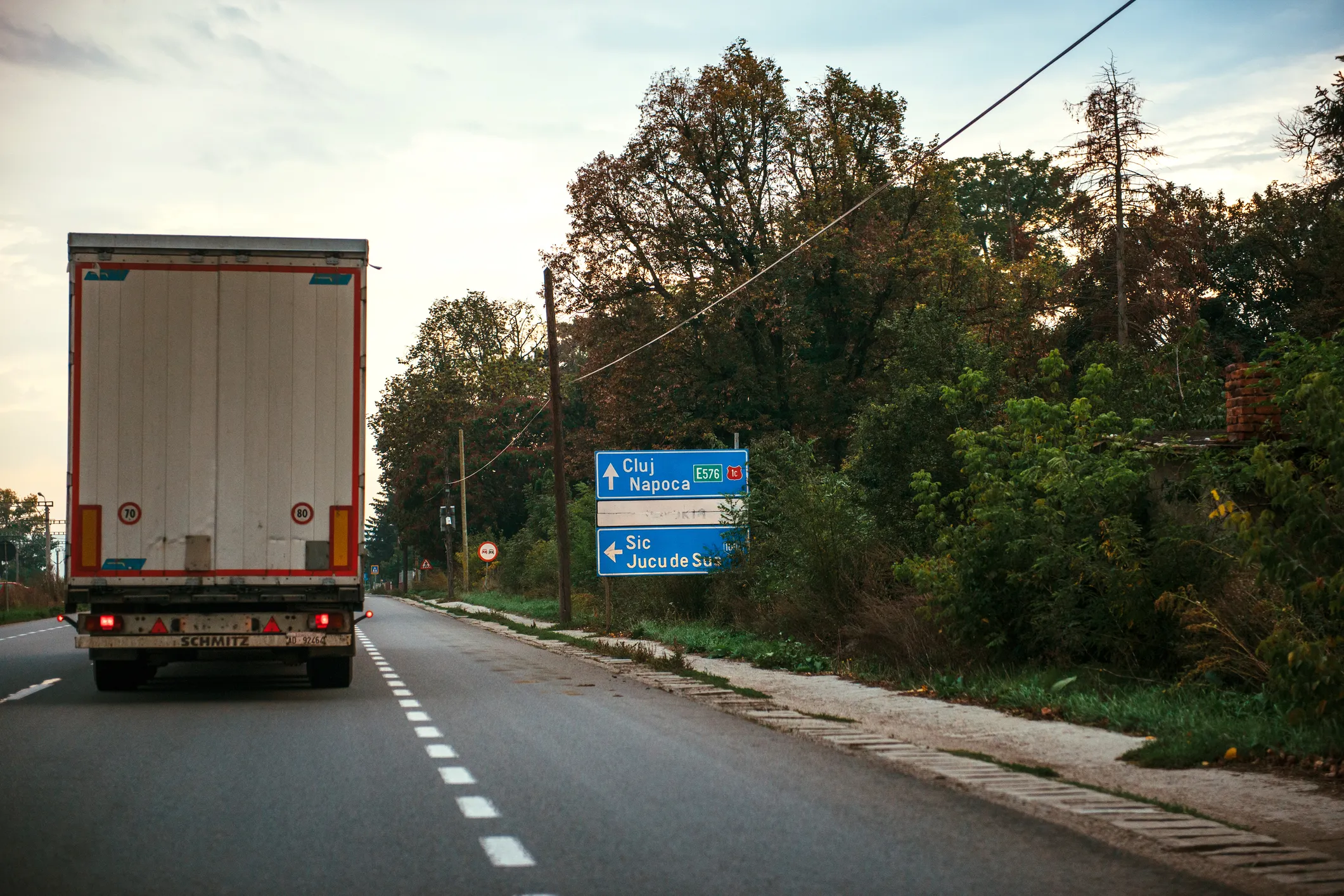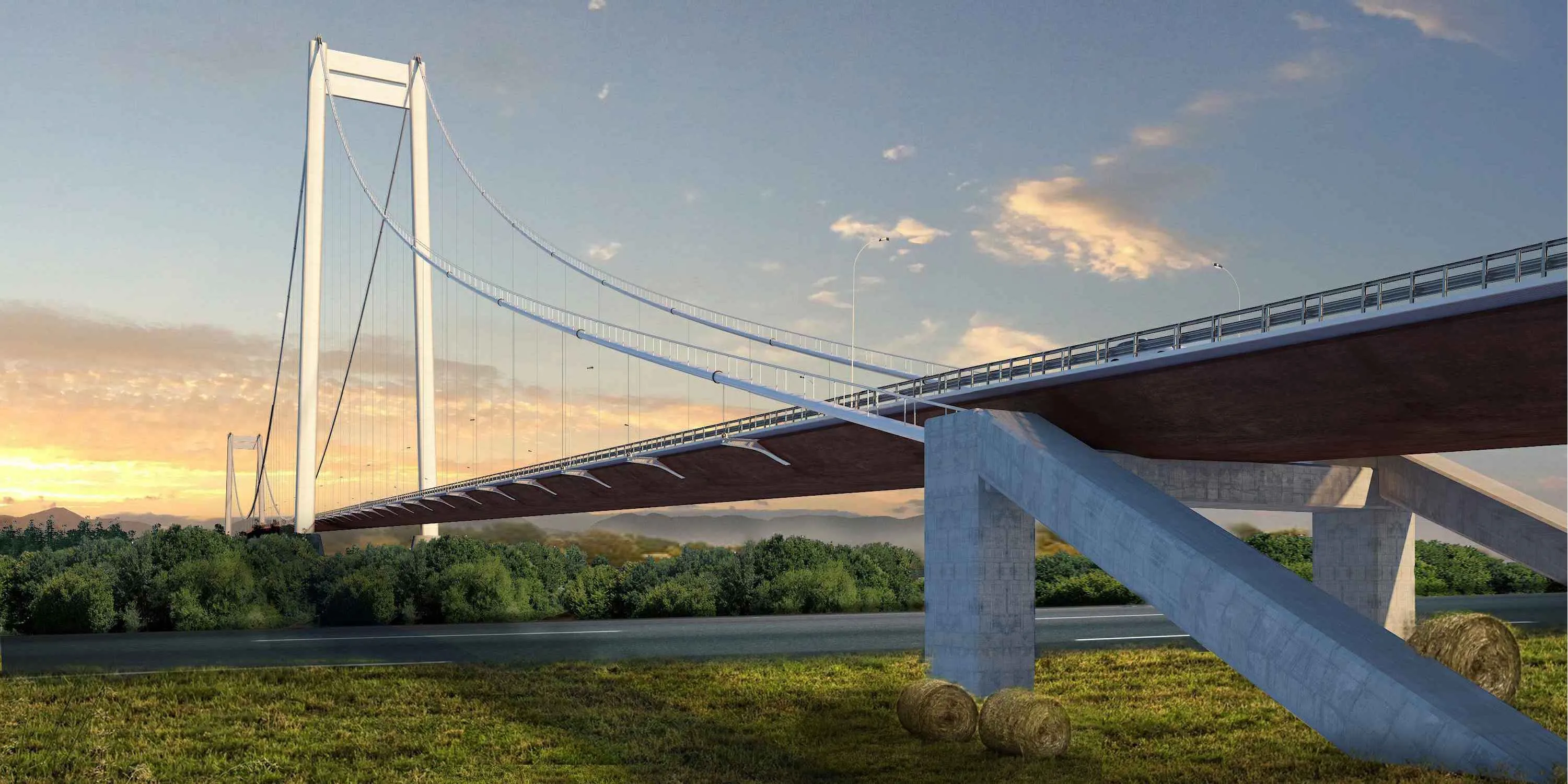The World Bank is starting a technical review of a Brasov-Ploiesti motorway with a view to extending a financial package for construction.
According to the Ziarul Financiar newspaper, the Romanian government is seeking financial support after its failed attempts to establish a public-private partnership.
The 110km Brasov-Ploiesti highway is part of the planned 600km A3 Motorway that connects the capital Bucharest in the southeast with the Transylvanian commune of Bors on the Hungarian border in the northwest.
To date, only two sections of the A3 have been opened - between Bucharest and Ploiesti, 62km, as well as between the small towns of Luna to Gilau further north.
Ploieşti, with a metropolitan population of around 270,000, is the second most important railway centre in the country after Bucharest. The Ploieşti region is also home to the county’s oil production, although output has been declining in recent years. The city boosts Romania’s Petroleum and Gas University, established in 1948.
World Bank considers finance for the Brasov-Ploiesti A3 section
The World Bank is starting a technical review of a Brasov-Ploiesti motorway with a view to extending a financial package for construction. According to the Ziarul Financiar newspaper, the Romanian government is seeking financial support after its failed attempts to establish a public-private partnership. The 110km Brasov-Ploiesti highway is part of the planned 600km A3 Motorway that connects the capital Bucharest in the southeast with the Transylvanian commune of Bors on the Hungarian border in the
November 2, 2017
Read time: 2 mins








